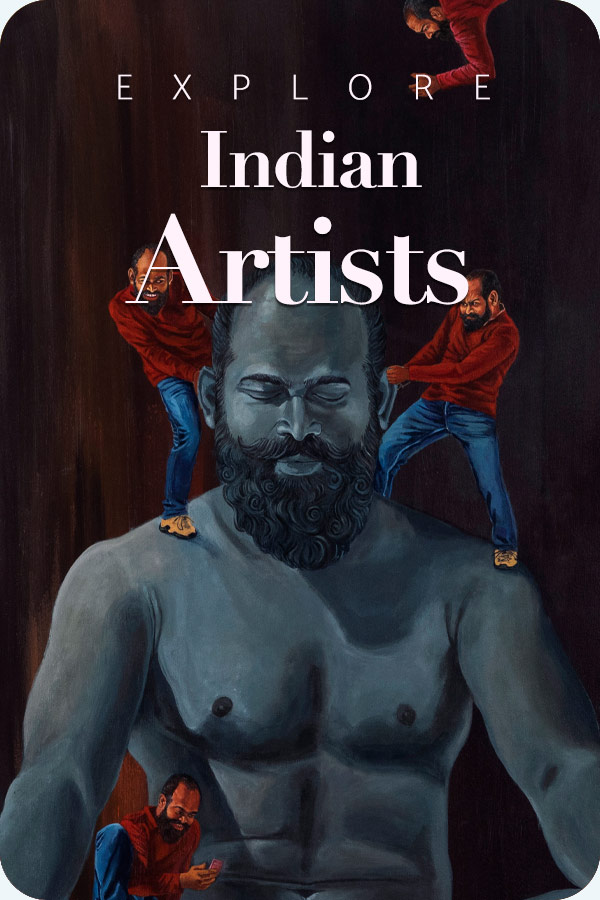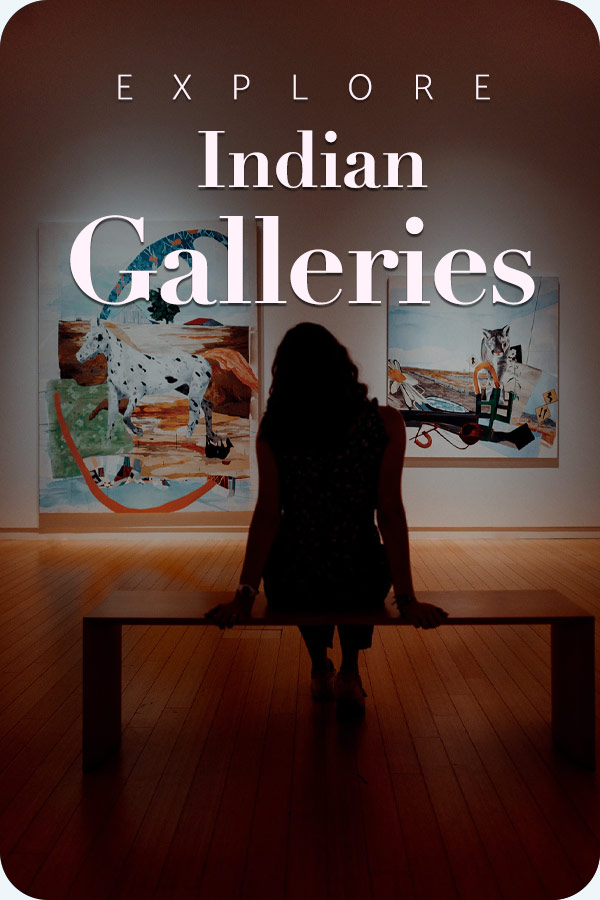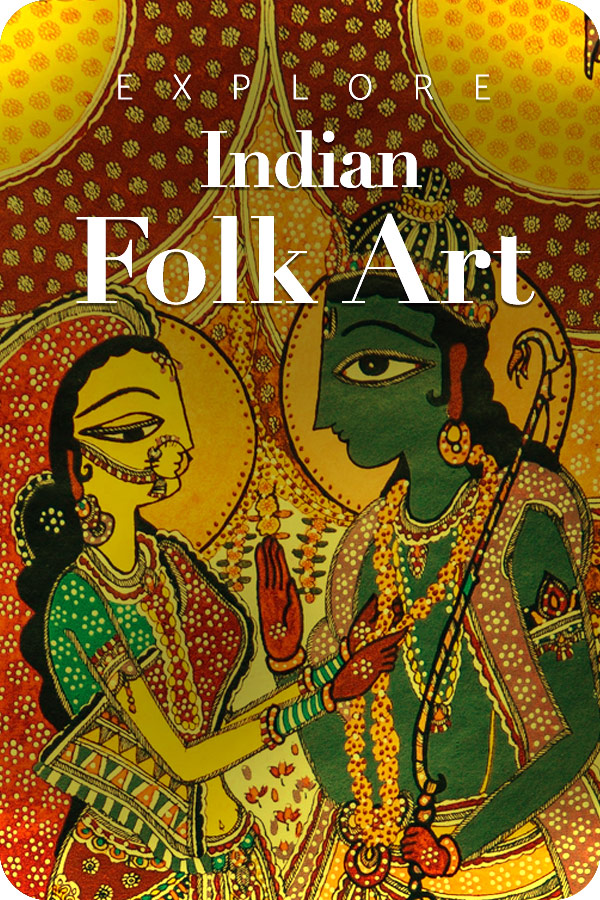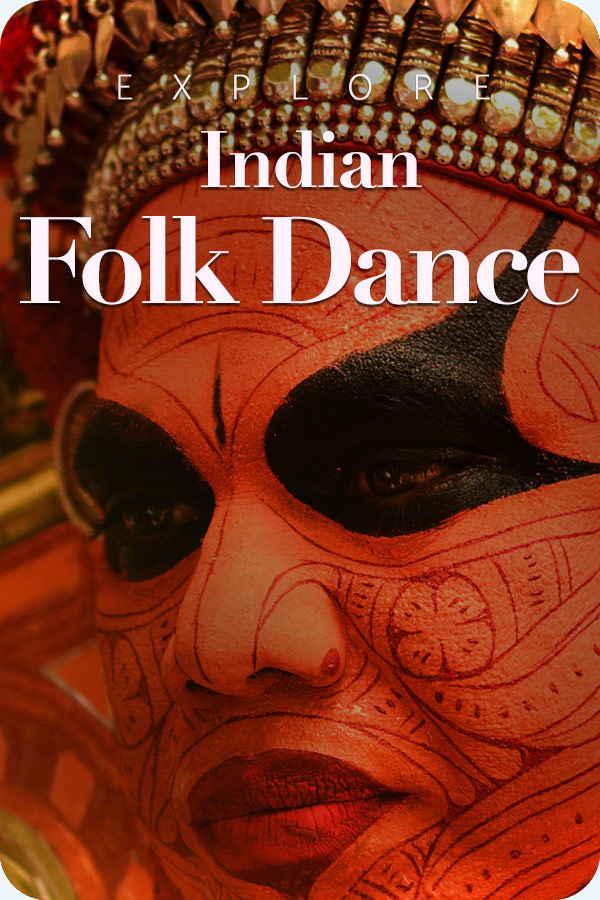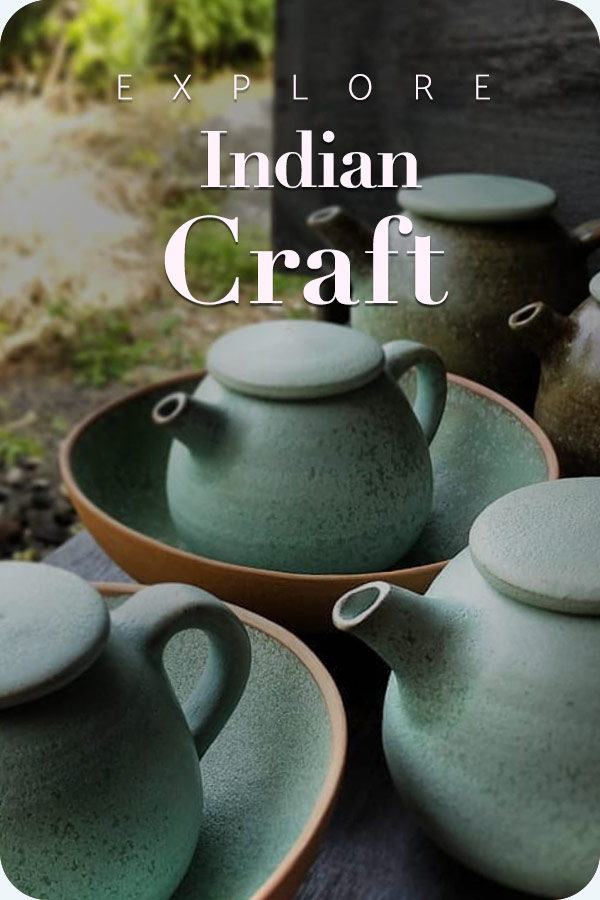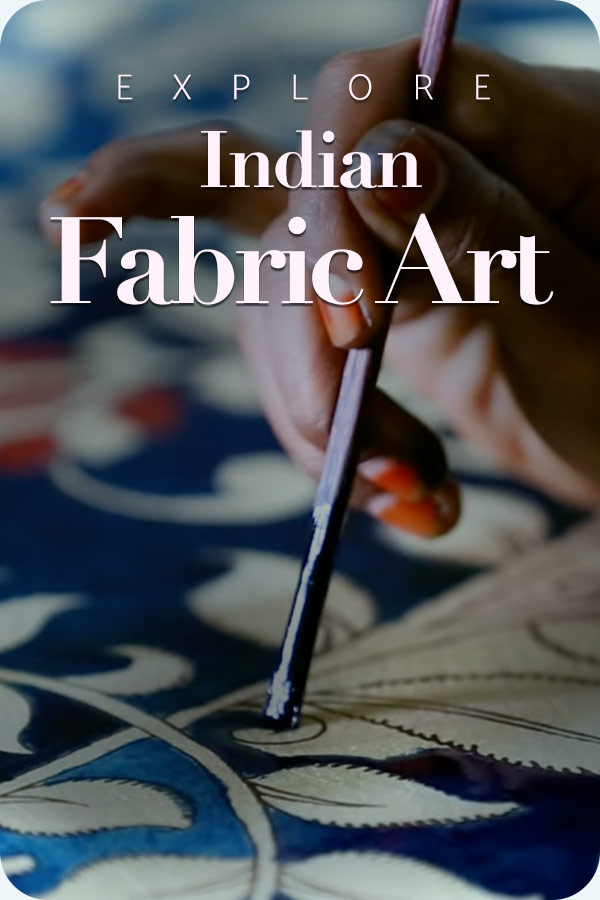
As Kochi’s breezes are getting softer again, the city is set to spring back to life with one of South Asia’s most anticipated art events, the sixth edition of Kochi-Muziris Biennale (KMB) in December 2025. Curated by the renowned performance artist Nikhil Chopra along with HH Art Spaces from Goa, the event will be on view from 12 December 2025 to 31 March 2026 across a range of venues in Kochi, Kerala.
The Kochi Biennale Foundation runs the Biennale not as an exhibition that arrives and departs, but as a temporal conversation with artists, the landscape, and communities who are in dialogue.” With a representation of 66 artists and collectives from 25+ countries, the KMB will re-establish Kochi as a site of cultural interchange, historical mosaic, and creative energies once again.
A City & Its Body of Memories
The 2025 Biennale, in its curatorial statement, prompts us to engage the concept of the body as an entity comprised of memory and material, a living archive that is in contact with its time and place. The city itself becomes the body in Chopra’s conception of Kochi, a body with layers, an organism built on tides of movement, from colonial histories, from migration histories, and from the continuing, living body of the community.
Kochi embodies interconnecting canals and backwaters, and these intersecting histories poetically echo the thinking behind this Biennale. It has always been the place of arrivals and departures, of traders and travellers, of voices travelling across water. For the Time Being invites the viewer both locally in terms of geographies of exchange and globally through the use of installations, performance, film, and works based in a context of location.
A Curatorial Vision of Collaboration
Chopra and the curatorial collective HH Art Spaces have drawn inspiration from Kochi’s ecology, its humid air, its logistical limitations, and its intimate coastal light to invite artists to work with the place, not against it. They call this edition an act of “thinking nimbly and collaborating locally.” Around 50 new commissions will emerge from this process, with several shown in first-time venues scattered through neighbourhoods dense with trade, people, and movement.
The curators describe the Biennale as a “growing organism constantly nourished by ideas, emotions, and actions.” It is a space not only for celebration but also for reflection, for grief and mourning, for the slow regeneration that marks our times.
Voices from the Foundationar
At the announcement, the organisers spoke about the vision behind the event and the thought guiding this year’s selection.
Dr V. Venu, Chairperson of the Kochi Biennale Foundation, said:
“We are proud to present this list of distinct voices from all over the globe, each resonant with courage, care, and reflection. We envisage the sixth edition of the Biennale not just as a moment of celebration, but as part of a long-term vision for sustaining artistic practices, community, and cultural dialogue in Kochi. Working closely with local communities, artists, and institutions, we aim to create a Biennale that grows, learns, and leaves a lasting impact on the city and people.”
Thomas Varghese, CEO of the Foundation, shared his thoughts on the process:
“We are pleased to unveil this remarkable list of artists for the sixth Kochi-Muziris Biennale. Over months of conversation and collaboration, we have seen these ideas evolve into projects of astonishing depth and resonance.”
Bose Krishnamachari, President of the Kochi-Muziris Biennale, reflected on the spirit of the edition:
“This edition brings together a dynamic constellation of both established and emerging voices from across the world. Nikhil and HH Art Spaces have conceptualised it with remarkable clarity, through works that integrate diverse media, experimental performances, and new ways of imagining what an exhibition can be. It reflects a spirit of solidarity and collective endeavour, marking the first time that a collective has been invited to build a creative site. ‘For the Time Being’ celebrates local energies, global collaborations, and the layered histories that continue to shape and sustain the Biennale.”
Complete List of Participating Artists
Participating artists for the Sixth Edition of Kochi-Muziris Biennale:
| Artist Name | Artist Name |
|---|---|
| 1. Abul Hisham | 2. Aditya Puthur |
| 3. Adrián Villar Rojas | 4. Ali Akbar PN |
| 5. Anja Ibsch and Grüntaler9 | 6. Arti Kadam |
| 7. Athina Koumparouli | 8. Bani Abidi and Anupama Kundoo |
| 9. Bhasha Chakrabarti | 10. Biraaj Dodiya |
| 11. Birender Yadav | 12. Cinthia Marcelle |
| 13. Dhiraj Rabha | 14. Dima Srouji and Piero Tomassoni |
| 15. Dineo Seshee Bopape | 16. Faiza Hasan |
| 17. Gieve Patel | 18. Gulam Mohammed Sheikh |
| 19. Hicham Berrada | 20. Himanshu Jamod |
| 21. Hiwa K | 22. Huma Mulji |
| 23. Ibrahim Mahama | 24. Jayashree Chakravarty |
| 25. Jompet Kuswidananto | 26. Jyoti Bhatt |
| 27. Khageswar Rout | 28. Kirtika Kain |
| 29. Kulpreet Singh | 30. Lakshmi Nivas Collective |
| 31. LaToya Ruby Frazier | 32. Lionel Wendt |
| 33. Malu Joy (Sister Roswin CMC) | 34. Mandeep Raikhy |
| 35. Maria Hassabi | 36. Marina Abramović |
| 37. Mark Prime | 38. Matthew Krishanu |
| 39. Meenu James | 40. Minam Apang |
| 41. Mónica de Miranda | 42. Monika Correa |
| 43. Moonis Ahmad Shah | 44. Naeem Mohaiemen |
| 45. Nari Ward | 46. Niroj Satpathy |
| 47. Nityan Unnikrishnan | 48. Otobong Nkanga |
| 49. Pallavi Paul | 50. Panjeri Artists’ Union |
| 51. Prabhakar Kamble | 52. Raja Boro |
| 53. Ratna Gupta | 54. Sabitha Kadannappally |
| 55. Sandra Mujinga | 56. Sayan Chanda |
| 57. RB Shajith | 58. Sheba Chhachhi and Janet Price |
| 59. Shiraz Bayjoo | 60. Smitha Babu |
| 61. Sujith SN | 62. Tino Sehgal |
| 63. Utsa Hazarika | 64. Vinoja Tharmalingam |
| 65. Yasmin Jahan Nupur | 66. Zarina Muhammad |
The Landscape as Collaborator
This Biennale embraces the idea that place is as vital as practice. Every installation, performance, and conversation is influenced by Kochi’s terrain, its humidity, the slow swell of its tides, and the scent of coir and salt. The artists are invited to operate within these ecosystems, allowing the geography to be present in the work itself. This type of framework harkens back to the original spirit of the Biennale when it commenced in 2012 as a grassroots movement within the comparative contexts of abandoned colonial warehousing and dockyards, formulating a contemporary art museum alive with people. A decade later, this performance continues to deepen as the experience channels new and unwarranted energies of contemporary art onto the shores of India.
Kochi and Continuing the Conversation
What distinguishes the Kochi Muziris Biennale apart is its interconnectedness with the oscillation of life in the city. KMB is enlivened through inhabited space, buildings from the colonial period, courtyards, spice warehouses, even schools and homes. The coming edition plans to activate several first-time venues, reconnecting art with everyday life.
In the Foundation’s words, what unfolds in Kochi is not a static exhibition but a conversation stretched across time. Artists, technicians, curators, volunteers, and locals all make up an amalgamation of a body working on the move: sometimes awkwardly and always collectively.
A Celebration of Continuity
Over a decade of enlivening India’s contemporary art scene, the Biennale has transformed from an event into a philosophy of engagement. The idea of “for a time” conveys an ephemerality embedded in a practice of art: it is here now and yet it leaves echoes to rework the future. Cover artwork by Madhurjya Dey captures this sentiment perfectly, a poetic encounter between stillness and flux, between body and landscape.
As the Foundation prepares to release upcoming venue maps, programmes, and public activations, anticipation builds not just among artists and curators, but among the residents of Kochi who have embraced the Biennale as part of their own rhythm of life.
This Biennale “grows, learns, and leaves a lasting impact on the city and people.” For Kochi, this impact is both tangible and invisible, sensed in murals that remain long after the event ends, in the transformed histories of its spaces, and in the collective hum of a city that continues to speak the language of art.


